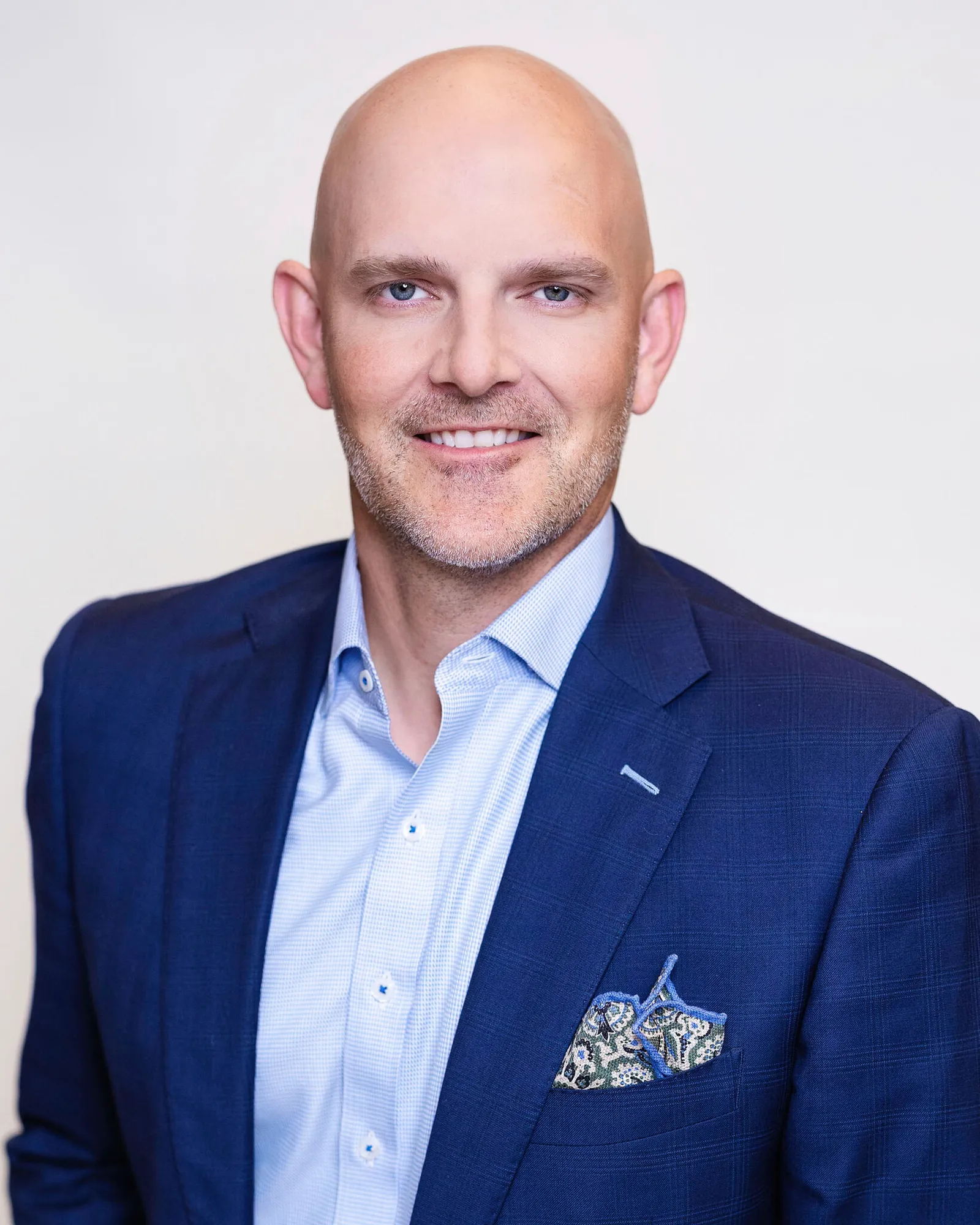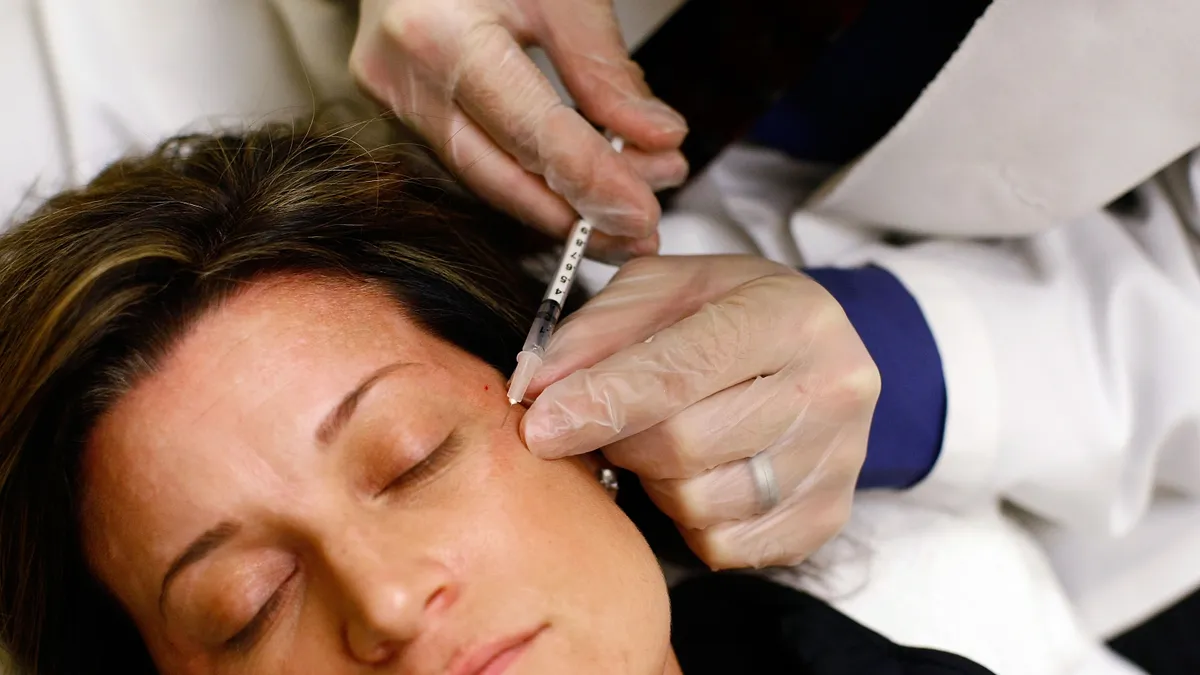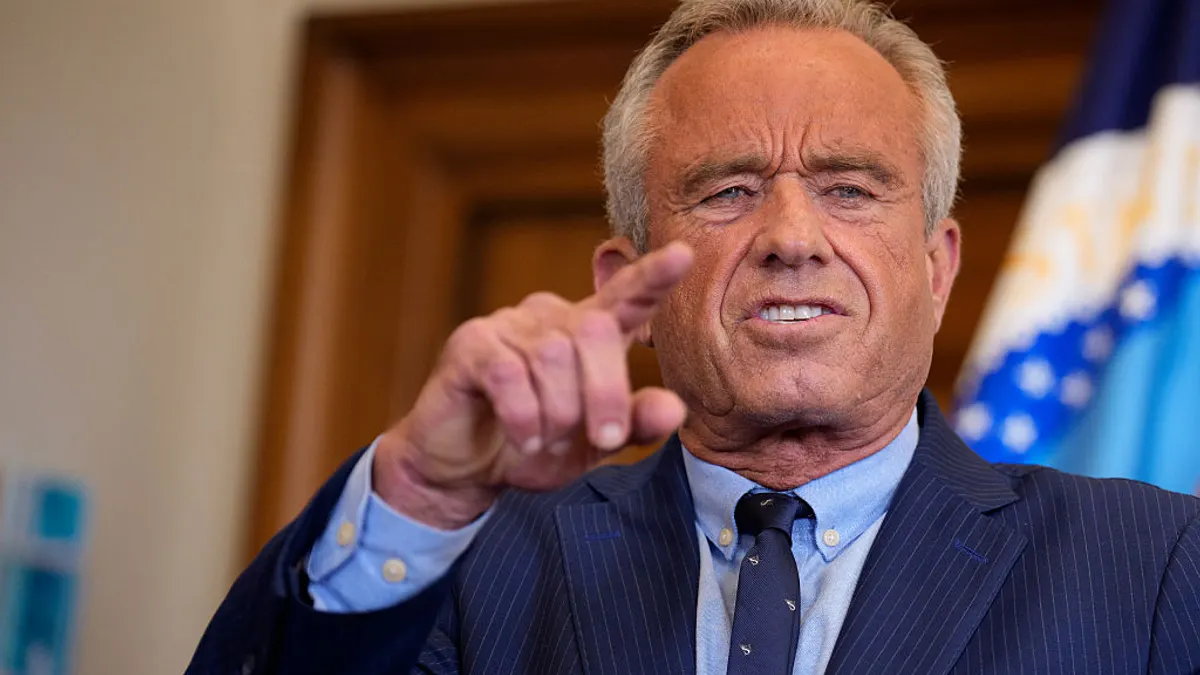For the Swiss dermatology company Galderma, the challenges to its aesthetics business include the loftiest of competition and a devastating pandemic — but one of the major hurdles is that of patient awareness, and that's where a focused, people-first approach is key.

Beset by an unprecedented pandemic slowdown in global sales of the wrinkle reducer botulinum toxin — known colloquially as AbbVie's brand Botox, but also sold by Galderma and French pharma partner Ipsen as Dysport— the aesthetics industry has had to build back up to its former glory. The market declined 34% in 2020 compared to its average growth in the years prior, according to a report from Fortune Business Insights. But growth is expected as in-person injection sites reopen, and what was a $3.2 billion market in 2020 is projected to reach $5.7 billion by 2028.
Botox and Dysport, while using the same active toxin ingredient, come in different concentrations and can be used in different parts of the face and for different types of wrinkles. But the decision is partly up to the preference of the dermatologist and the patient, making loyalty a big part of the game.
For Galderma — founded in 1981 as part of Nestlé and L'Oreal and a private company since 2019 — growing its business nipping at Botox's heels is a matter of gaining the trust and loyalty of its customers, says Erick Brenner, vice president and general manager of U.S. aesthetics. It's a slow process, but being able to place the entire company's focus behind skin care and aesthetics is an important part of growing as a business, he says.
"From 1981 on, for more than 40 years, that's the only thing we've done, is skin," Brenner says, adding that the industry is growing to accommodate more players. "The aesthetics market has become a bigger and bigger place."
Like AbbVie, Galderma has other brands in aesthetics and therapeutics, but unlike the pharma giant, the company, which has over 20 approved brands under its belt, doesn't stray from skin care. For instance, Galderma's hyaluronic acid filler Restylane — which is another type of wrinkle reducer — has gained nine FDA approvals since 2015 for different combinations and injection areas.
Still, for those in the aesthetics business, success doesn’t automatically follow new approvals — and Galderma has had to leverage other strengths to grow.
The right people for the job
To get on the upswing, Galderma and the rest of the aesthetics players have focused on bringing their products into the mainstream, which meant overcoming some of the poor publicity that had surrounded the procedures — safety was a priority.
"For many, many years, there was always a stigma behind aesthetics," Brenner says. "So it's been one where consumers have become super educated about a lot of the opportunities and the products — the awareness over the past 10 years just continues to grow year in and year out."
To raise that awareness, Brenner says Galderma needed to depend on loyal employees who have a passion for the product. And Brenner's background growing up in Flint, Michigan, showed him how that type of loyalty is built over time.
"Flint is a high unemployment, high crime-rate area — but it's an area with fiercely loyal people, and everybody takes care of their own," Brenner says. "My parents modeled that, and the same employees worked for them for decades. Everybody works hard and gets things done."
For many years, there was always a stigma behind aesthetics. So it’s been one where consumers have become super educated about a lot of the opportunities."

Erick Brenner
Vice president and general manager of U.S. aesthetics, Galderma
That's what Brenner sees in his team of representatives at Galderma, who he says are the engine that drives success in the aesthetics business. With loyal employees who believe in what they're doing, the loyal customer base can follow, Brenner says.
"My father said to me, your job as a people leader is to share the praise and accept the blame and love it," Brenner says. "We work through and solve problems at hand and show that value — I want that for our team and our people."
And with a good brand comes loyalty, Brenner says.
"You have to be working with a good base and a good product — and then the other thing that goes into that is the people who represent your products, and the people who educate and go out there and work and partner with the customers," Brenner says. "They have to love what they do."
Although overshadowed by Big Pharma's contributions to aesthetics, Brenner says Galderma is "No. 1 or No. 2 in every single market or sector in our space."
And that has come through a focus that the bigger companies can't achieve, Brenner says.
"Knowing your core competencies really well and nailing those and staying focused — that's how we stay on mission, because it gets really messy when you don't know what you're trying to win or what you're trying to do," Brenner says.




















